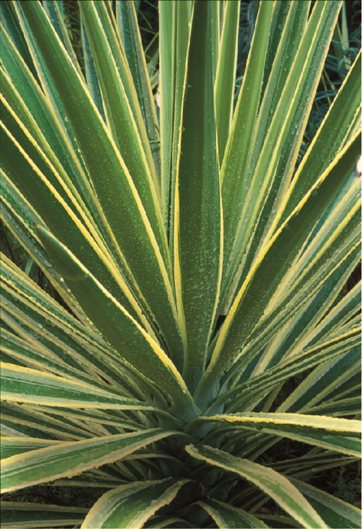

Prevention is always better than the cure. Once you are aware of what causes Japanese maples to decline, you will be better equipped to tend to your maples. Preventive Measures to Save Japanese Maples Excessive occurrences of this can lead to a significant decline in the health of the maple. Leaf Scorch is a condition where the leaves become brown or yellow and curl up around the tip. This can result in broken branches or Leaf Scorch. Too much wind, heat, or fertilizer can also have an adverse effect on Japanese maples. You can check your soil’s pH level with a simple soil pH testing tool. This results in poor growth and eventually, death of the maple. As a result, the roots of maples are unable to absorb these nutrients. If the number is above 7, your soil is alkaline, which means some nutrients are not soluble in the soil. This means Japanese maples require the soil to be a little acidic. It can go up to but should not be above 7. For Japanese maples, the ideal pH range is between 5.5 and 6.5. Similarly, to ensure that plants are healthy, one needs to monitor the pH levels of the soil. For good health, we have nominal pH levels to be maintained in the blood (for human beings). Anything below 7 is acidic and a number above 7 indicates that the solution is alkaline. PH (Power of Hydrogen) determines the acidity or alkalinity of a particular solution. This often results in a fungal infection.

If you water the plant too much, or if there is no passageway for any excess water to escape after absorption, then the roots remain wet due to stagnant water. Verticillium WiltĪlso called Phytophthora, it is one of the most common diseases that affects Japanese maples. Some of the most frequently encountered causes are mentioned below: 1. There can be many reasons why Japanese maples get infected and sometimes die.

You must keep the soil moist enough at the touch but not too wet and watery. Similarly, if the soil is too wet and soggy, Japanese maples can easily get infected and decline. It’s best to plant it where there’s shade, thereby protecting it from the harshness of the sun.Īt the same time, you must allow the minimal amount of sunlight it requires. All of these are required, but only in acceptable amounts.įor instance, while a Japanese maple does need sunlight to grow, exposure to too much heat can harm the plant. Japanese maples are very sensitive and need to be protected from too much of anything- be it sunlight, wind, fertilizer or moisture. Read on to find out the answers to your questions about Japanese maples. We will also go over what causes a maple tree to die and a few guidelines for prevention.
JAPANESE FOR LEAF ON THE WIND HOW TO
You will learn tips and tricks on how to rescue these trees. In this article, you will learn how to save a dying Japanese maple tree. If you do not notice these signs on time, you may eventually end up with a dead Japanese maple tree. Otherwise, you may begin to notice some branches that have dried out or leaves that have wilted. They need to be tended to with care and maintained well. Ironically these amazing maples, which offer their own health benefits, are easily prone to infections themselves. Japanese maple trees in particular are known to have antimicrobial and anti-inflammatory properties. They also offer a wide range of health benefits. These maples bring color and vibrancy to your home. Japanese maple trees, also known as Acer Palmatum, are a valuable addition to your garden.


 0 kommentar(er)
0 kommentar(er)
